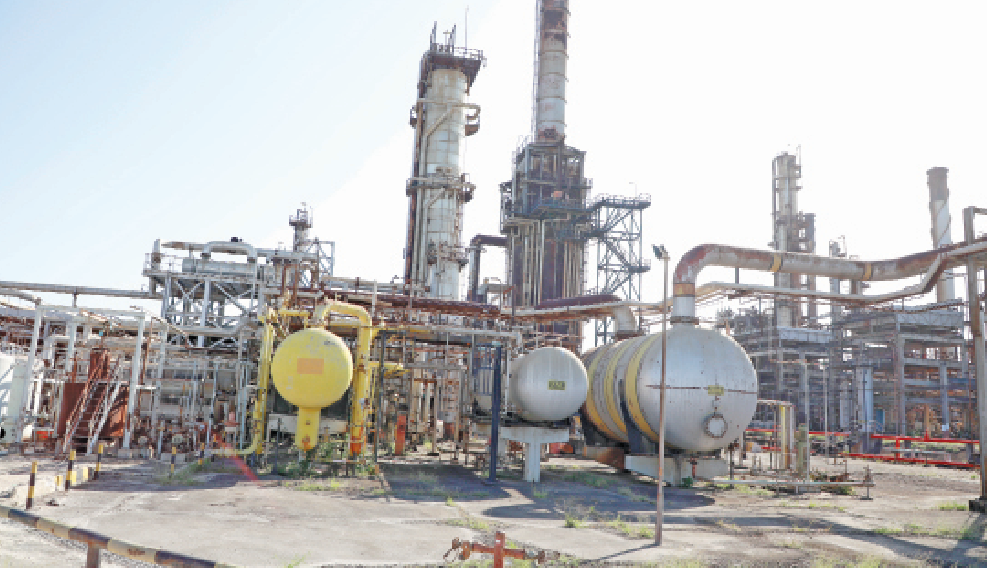Intrigues of idle State-owned Sh1.4b power plant project
By Herald Aloo, October 13, 2023A Sh1.4 billion power plant project by State-owned Kenya Petroleum Refineries Limited (KPRL) has stayed idle for more than a decade, gobbling up extra costs linked to maintenance.
This even as the State imports electricity from neighbouring countries to plug the deficit that has severally hit the country over that period, especially during drought seasons, which lowers hydropower levels.
The 9.2 Megawatts (MW) thermal plant was built precisely to serve KPRL’s operations, while the surplus capacity was to go to the national grid, after a Power Purchase Agreement (PPA) with Kenya Power (KP).
Due to reduced operations, KPRL estimates it can consume just 1MW of the power, leaving it with a surplus of 8.2MW that can be tapped.
Commissioning the plant would have given KPRL another revenue stream, especially after its core business of refining oil was halted in 2013 having been considered unviable.
Failures to secure a PPA have left the defunct KPRL consuming at least 90 litres of heavy fuel oil (HFO) every month to run the plant in routine checks, as it hopes for final integration to the grid this time round.
Last October, KPRL signed an agreement with the Kenya Electricity Generating Company (KenGen) to assist in a feasibility study, and establish the plant’s state before reviving a fresh chase for a PPA.
“The study is a requirement. KenGen is coming in as an advisor to help us with the technical feasibility study of the grid, which is the next phase to confirm the plant is okay. From there, we can make an informed decision. Once that is complete, we will engage the parent ministry,” says KPRL acting CEO Joseph Ndoti.
A mix of fate including constant exit of key shareholders, financial doldrums, and a moratorium on new power contracts upended the refinery’s plans to evacuate the excess power to the grid in 2013 as per the initial plan.
The two-year moratorium, issued in March 2021 by ex-president Uhuru Kenyatta amid investigation over costly PPAs was lifted by William Ruto in March 2023, allowing independent power producers (IPPs) to sign new PPAs with Kenya Power.
If granted the deal, KPRL will join the list of producers with costly thermal power, even as the push to clean energy intensifies.
The plant, however, has provision for the use of natural gas instead of HFO, giving it room for a smooth transition to renewable energy.
“The overriding objective is that this is a facility that cannot be left to lie idle. First overall, they (ministry) must approve the inclusion of KPRL in the Least Cost Power Development Plan (LCPDP) and also engage KPLC for a PPA,” adds Ndoti.
The revival of the plant’s potential is likely to be among the key assets that Kenya Pipeline Company (KPC) will rush to utilise to build up its revenues after fully acquiring the refinery following the cabinet’s approval in July 2023.
KPC is expected to take over key assets and meet other financial obligations such as operation costs, paying staff salaries, and any other investment deemed appropriate. Kenya Power has 21 active PPAs currently dispatching power, but there are more than 30 that have already signed or contract initiated.
Some of the signed but not active PPAs have either lapsed or the construction of the power plants are incomplete.
IPPs’ current contracts are premised on a take-it-or-pay clause, which compels the utility to compensate firms for the power generated regardless of whether it is used or not.
More Articles

